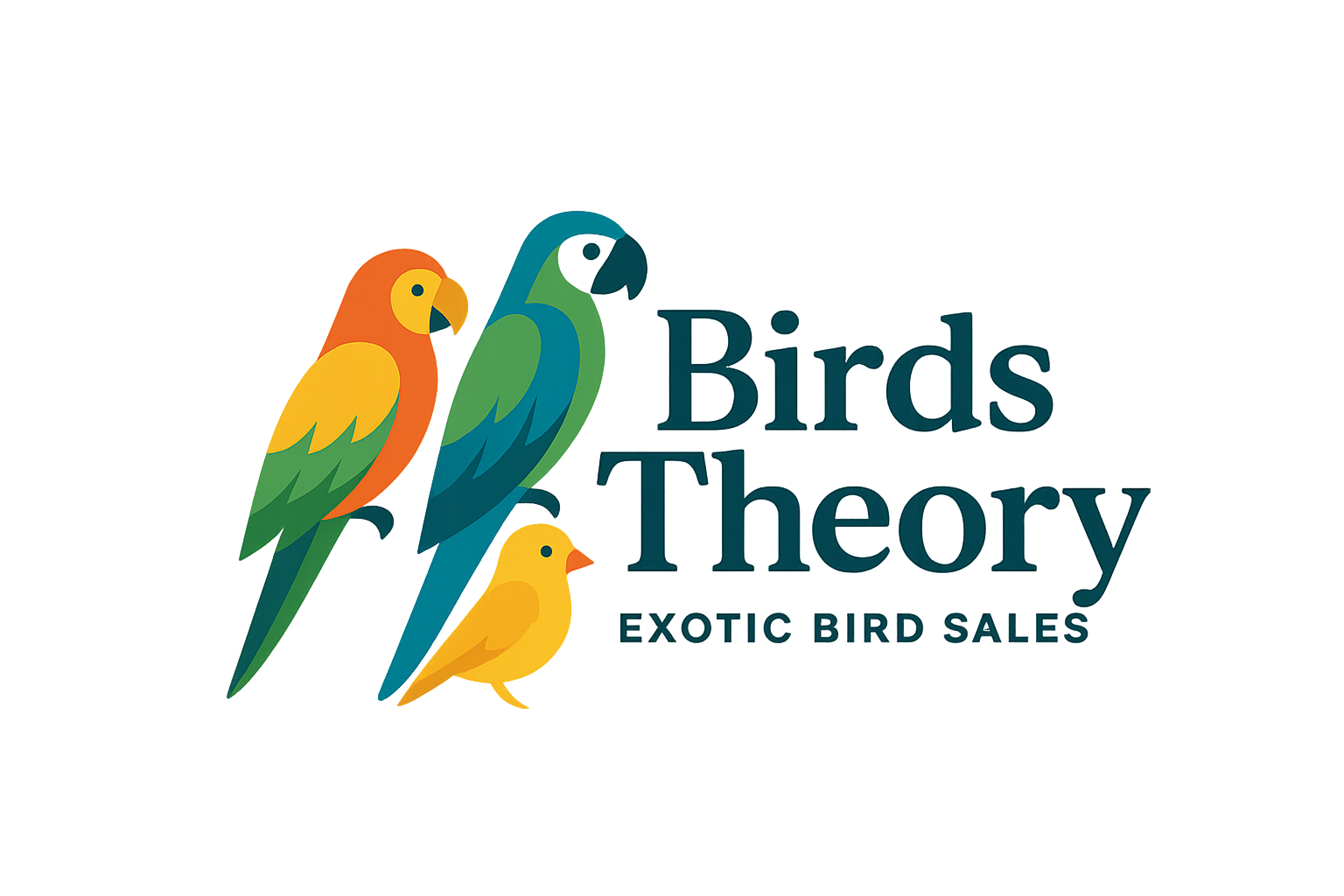Common Signs and What They Mean
Understanding your bird’s behavior is crucial for building a strong bond and ensuring its well-being. Birds communicate through body language, vocalizations, and actions. This guide will help you interpret common signs and understand what your feathered friend is trying to tell you.
1. Body Language Basics
A. Feather Position
– Fluffed Feathers: When a bird fluffs its feathers, it may be trying to stay warm or feel relaxed. However, if accompanied by lethargy, it could indicate illness.
– Puffed Up: A puffed-up bird may be feeling threatened or scared, while a relaxed, fluffed bird is likely comfortable.
B. Tail Movements
– Tail Bobbing: If your bird bobs its tail up and down, it might be excited or trying to get your attention.
– Tail Fanning: A bird that fans its tail can be displaying aggression or trying to impress a mate.
C. Head Movements
– Head Bobbing: This behavior often indicates excitement or happiness, especially during play.
– Tilting Head: A cocked head can signal curiosity or confusion as the bird tries to understand its surroundings.
2. Vocalizations and Their Meanings
A. Chirping and Whistling
– Happy Sounds: Soft chirping or whistling typically indicates a content bird. It may also be mimicking sounds it hears regularly.
B. Loud Calls
– Attention-Seeking: If your bird is vocalizing loudly, it might be looking for attention or signaling boredom.
– Distress Calls: High-pitched, frantic calls can indicate stress, fear, or discomfort.
### C. Growling or Hissing
– Warning Signs: These sounds often signal that your bird feels threatened or is asserting dominance. It’s important to give them space.
3. Social Interaction Signals
A. Preening
– Self-Cleaning: Birds preen to keep their feathers clean and healthy. If they preen you, it’s a sign of trust and affection.
B. Bonding Behaviors
– Nuzzling or Snuggling: When your bird snuggles against you or nuzzles, it shows affection and comfort.
– Following You: If your bird follows you around, it’s a strong indication of attachment and curiosity.
4. Signs of Stress or Illness
A. Changes in Eating Habits
– Decreased Appetite: A sudden drop in food intake can indicate stress or health issues. Monitor their eating closely.
B. Excessive Screaming or Feather Plucking
– Behavioral Changes: Increased vocalization or feather plucking can signal stress, boredom, or health problems. Consulting an avian vet is advisable.
C. Hiding or Isolation
– Withdrawal: If your bird is hiding or seems less active, it may be feeling unwell or stressed. Observe for other symptoms.
5. The Importance of Routine
A. Establishing a Schedule
– Consistency: Birds thrive on routine. Regular feeding, playtime, and interaction help reduce anxiety and promote well-being.
B. Recognizing Individual Needs
– Personality Differences: Each bird has its unique personality. Take time to learn what behaviors are normal for your specific pet.
Conclusion
Understanding your bird’s behavior is key to fostering a healthy and happy relationship. By paying attention to body language, vocalizations, and social interactions, you can better meet your bird’s needs and address any concerns that arise.
Additional Resources
For more insights into bird care and behavior, visit our website or subscribe to our newsletter for upd

